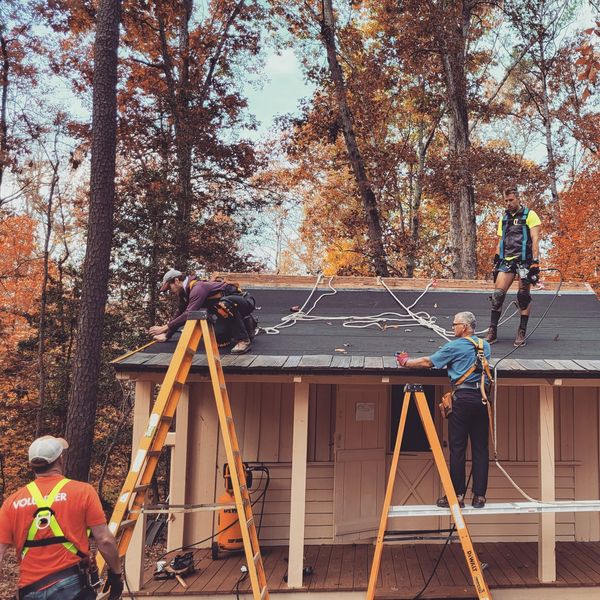Nestled in the heart of Virginia, Pocahontas State Park is more than just a beautiful landscape of forests, trails, and lakes. It’s a place where history whispers through the trees, inviting visitors to step back in time and explore its rich cultural heritage. As we embark on this journey, let’s delve into why this park is not just a recreational haven but a significant cultural landmark that connects us to our past.
Historical Background
Pocahontas State Park boasts a fascinating history that stretches back centuries. Originally, this land was home to the Powhatan Confederacy, a powerful group of Native American tribes. The park’s name pays homage to Pocahontas, a figure whose story is intertwined with both tragedy and heroism. Born around 1596, she played a crucial role in fostering relationships between Native Americans and English settlers, particularly with John Smith.
The park itself was established in the late 1930s, during the Great Depression, as part of a larger effort to create public spaces for recreation and conservation. Today, remnants of the past still linger, reminding us of the diverse cultures that have walked this land.
Cultural Significance of Pocahontas
Pocahontas’s story transcends her time, symbolizing bravery and the complexities of colonial relationships. Her narrative has been told and retold, appearing in countless books, films, and folklore. It’s essential to recognize how her legacy shapes our understanding of American history, especially in relation to Native American experiences.
While the romanticized versions of her story often dominate popular culture, visiting Pocahontas State Park offers a chance to engage with a more nuanced history. It’s a space where the truth of her life can be honored and remembered, providing a profound connection to the past.

Park Features that Reflect History
Exploring Pocahontas State Park reveals several features that reflect its historical significance. For instance, the Civilian Conservation Corps (CCC) buildings are remnants of the 1930s New Deal era, showcasing the architectural style and ingenuity of the time.
Additionally, the park’s nature trails often wind through areas rich in archaeological significance, where ancient artifacts have been discovered. Each bend in the trail offers a glimpse into the natural history of the land, serving as a silent witness to the countless stories that have unfolded here.
Recreational Activities with a Historical Twist
What better way to experience history than through recreational activities that celebrate it? Pocahontas State Park offers a variety of trails, perfect for hiking and biking, where each step can take you deeper into the cultural landscape. The Powhatan Trail, for instance, is not only scenic but also educational, featuring markers that tell the story of the land’s original inhabitants.
Throughout the year, the park hosts historical reenactments and educational programs that bring the past to life. Imagine walking through a living history museum, where you can witness what life was like during Pocahontas’s time. These events not only entertain but also educate visitors about the rich tapestry of cultures that have shaped Virginia’s history.
Community Involvement and Education
Community involvement is crucial in preserving the cultural significance of Pocahontas State Park. The park collaborates with local organizations to offer educational programs, including workshops, guided tours, and talks that focus on both Native American heritage and the history of colonial Virginia.
Events such as Pocahontas Heritage Day provide a platform for storytelling, music, and art that celebrate the park’s cultural legacy. These gatherings foster a sense of belonging and ensure that the narratives of the past are passed down to future generations.
Preserving the Legacy
Conservation efforts at Pocahontas State Park extend beyond just protecting the natural environment. There’s a strong emphasis on preserving the cultural narratives associated with the land. Park rangers and historians work diligently to maintain the historical sites and artifacts, ensuring that visitors can engage with history in meaningful ways.
Moreover, the park’s dedication to sustainability and education ensures that the stories of Pocahontas and the Powhatan people continue to resonate. By promoting environmental stewardship and cultural awareness, Pocahontas State Park stands as a beacon of hope for preserving our shared history.
Conclusion and Reflections
Pocahontas State Park is more than a scenic getaway; it’s a profound testament to the interplay of history, culture, and nature. As we journey through its trails and historical sites, we are reminded of the narratives that have shaped our understanding of America. Visiting this park is not just about recreation; it’s about connecting with the past, honoring its complexity, and recognizing the resilience of cultures that have thrived here for centuries.
So, whether you’re hiking the trails, enjoying a picnic by the lake, or attending a community event, take a moment to reflect on the rich history that surrounds you. Pocahontas State Park invites you to immerse yourself in a journey through time, and you won’t want to miss it.
FAQs
What are the park’s hours of operation?
Pocahontas State Park is open daily from 7:00 AM to dusk.
Are pets allowed in the park?
Yes, pets are allowed in the park but must be kept on a leash at all times.
Can I fish in the park’s lakes?
Absolutely! Fishing is permitted in designated areas, and a Virginia fishing license is required.
Is there an entrance fee for the park?
Yes, there is a nominal entrance fee per vehicle, which helps maintain the park’s facilities.
Are there accommodations available in or near the park?
While there are no cabins directly in the park, nearby campgrounds and lodges offer convenient options for those wishing to extend their stay.

